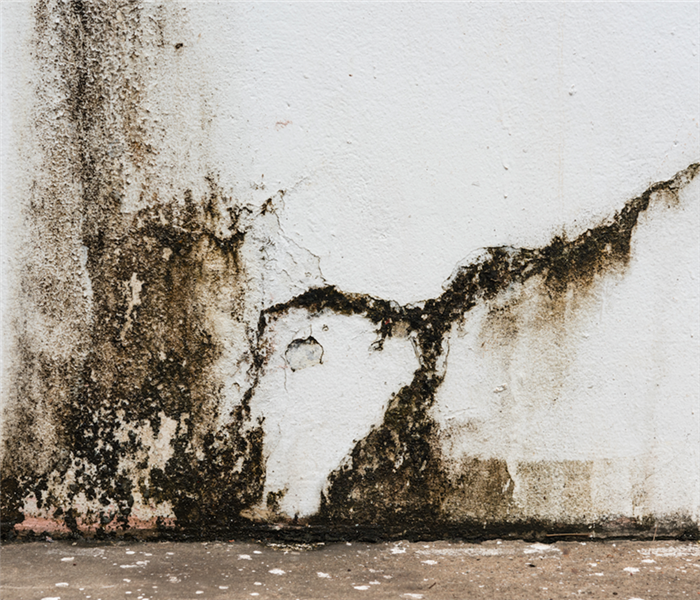Assessing a Mold Problem
4/11/2019 (Permalink)
Three Ways of Having a Better Diagnosis of Your Mold Problem
When you smell a musty odor in your commercial building, you may suspect that you have mold somewhere. Before you shop for a DIY test kit, consider a more thorough option. To find out if it’s black mold or some other strain of fungus, you need to consult an indoor environmental professional. Here are three ways an IEP in Eden,UT, can give you a better diagnosis of your problem than a testing kit.
1. Identifying the Location
Obviously if you see fuzzy patches on the wall of your office, you know that you have a problem. There may be more areas where you need mold cleanup services, however, than you can locate with the naked eye. Mold can penetrate beneath the surface and grow into the material underneath. What you can see may be the result of a larger problem within the wall or within your air ducts. An IEP can identify all the areas of your building where mold is growing.
2. Identifying the Cause
Professional testing can not only reveal the scope of the problem but can also tell you the source. It will be important for mitigation specialists to know whether you have black mold or just a bad case of mildew. By identifying the root cause of the fungus growth, professionals can treat the problem itself rather than just the secondary damage.
3. Identifying the Plan
The information that is derived from an IEP’s test results is essential for guiding an effective mold remediation plan. Rather than try a lot of different methods until they find the one that works, specialists can hone in on the methods best suited for the particular type of mold and size of the issue. Only by clarifying the whole problem are technicians able to choose the best course of action for addressing it.
If you suspect you have black mold in your commercial building, don’t waste your money on a DIY test kit. Hiring an IEP can help you identify the problem correctly so that you can get it fixed sooner.




 24/7 Emergency Service
24/7 Emergency Service
